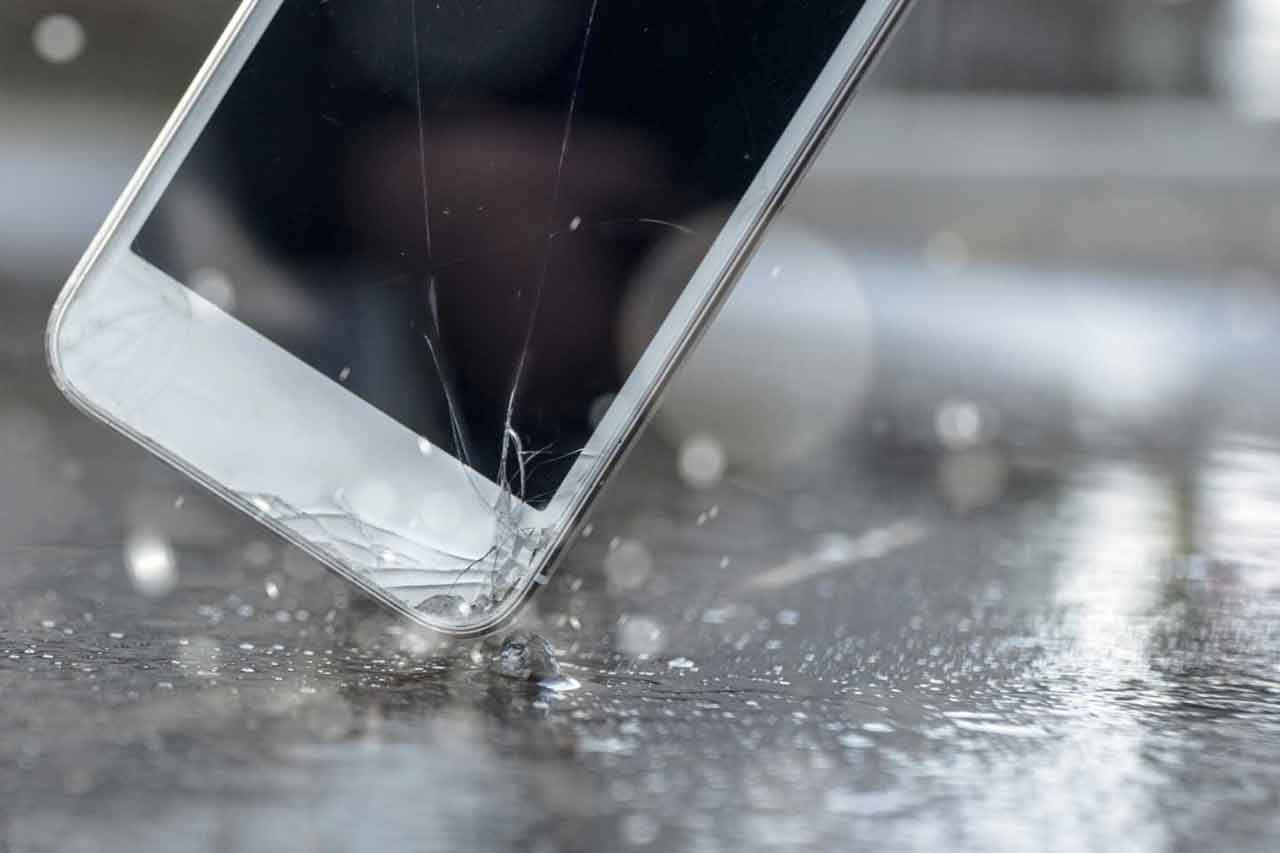Develop the functionality and application of your product
In this blog series, we deep dive into each stage of the idea to product lifecycle, from identifying a problem and formulating an idea through production and marketing. In each post, we’ll focus on one of the twelve unique aspects of the cycle and its impact on the end product.Stage 3 of 12: Concept and Project

We now delve into the third stage of the cycle: conceptualizing and planning.
Functions and features
In the concept and project stage of the idea to product life cycle, you’ll make decisions regarding the functionality and features of your product.
Based on the research done in the previous stage, you should have an idea of the products that already exist and what you’d do differently. Would you make them out of more durable materials to increase the product’s life? Would you use a different manufacturing method to reduce costs? If similar products don’t exist, you can use your research on demand to determine what functionality consumers are looking for. The answers to these questions will allow you to conceptualize and plan your project. From here, you can create a project plan that will allow you to be more efficient and successful in the remaining stages of the cycle.
Let’s return to the house example again. In the process of designing the house, you’ll need to consider things like building materials, costs, and the general features of the house, for example, the number and size of rooms, etc. The first two things may impact the third, but you can always return to the research stage if too many constraints arise.
This stage is not necessarily about the design of your product, but more about what should eventually be considered in the design process. Performance measures like reliability and durability weigh heavily on the minds of consumers and should impact your product design.
Smartphone battle royale

One example of product decisions that are largely based on performance measures is in the smartphone market. Apple is the dominating force in the market, but other manufacturers, like Samsung’s Android phones, have repeatedly competed. One of the reasons for this continual competition is the difference in functionality between the respective smartphones. Apple is known for its sleek designs (that seem to get thinner and thinner each year) while continuing to increase the device’s speed and capacity. Androids are similarly designed, but one of the main differences between the two phones is their screens. Over the past decade, with the rise in popularity of touch-screen devices, brands have made use of the many advancements in screen technology. On its premium devices, like the iPhone X, Apple uses Sapphire Crystal screens that are sleekly designed, but only durable from a relatively short distance. Whereas Androids, like the Galaxy devices, use Gorilla Glass which can withstand drops from significantly farther away. There are other functionality differences between the phones that promote competition as well, for example, their water resistance. Overall, the continual advancements in smartphone technologies have made the market increasingly competitive.
Plan and Budget
Within the concept and project stage, you’ll need to calculate project costs and projected sales to determine if the product will be economically feasible. You should begin to outline a project budget that includes materials and manufacturing costs, as well as the costs of other stages in the cycle, like branding and marketing. In observance of a budget, you may choose to make changes to aspects of similar product designs in favor of more cost-effective features. This could be done by simplifying designs to reduce manufacturing costs.
What’s next?
In the next post, we’ll explain what you need to know about researching existing patents and filing a patent application.
























